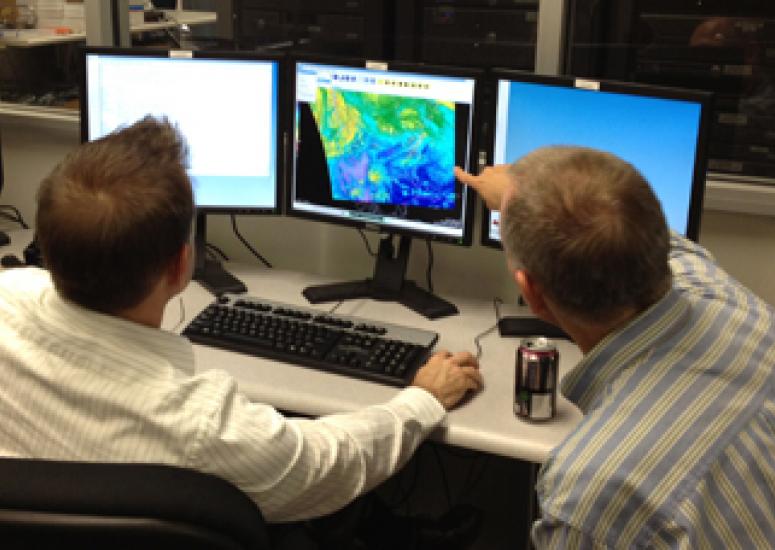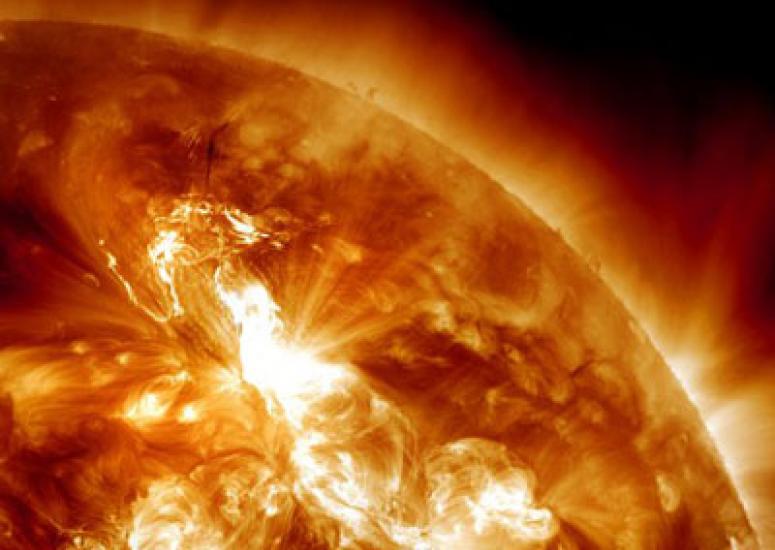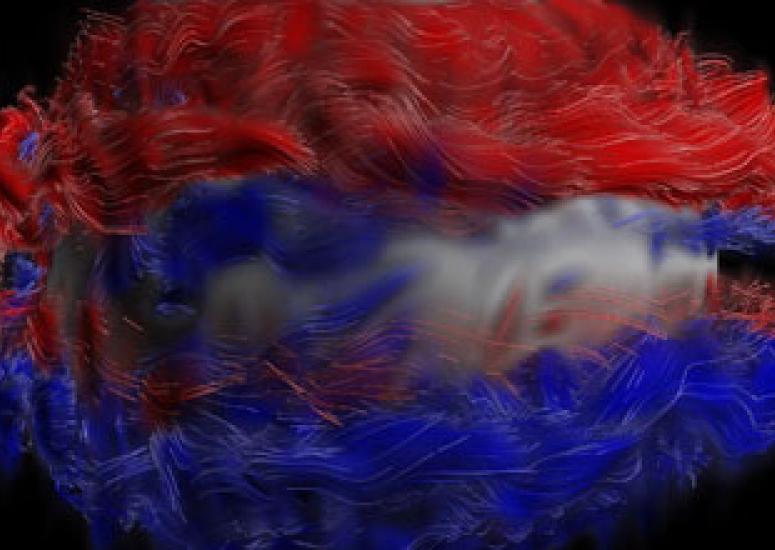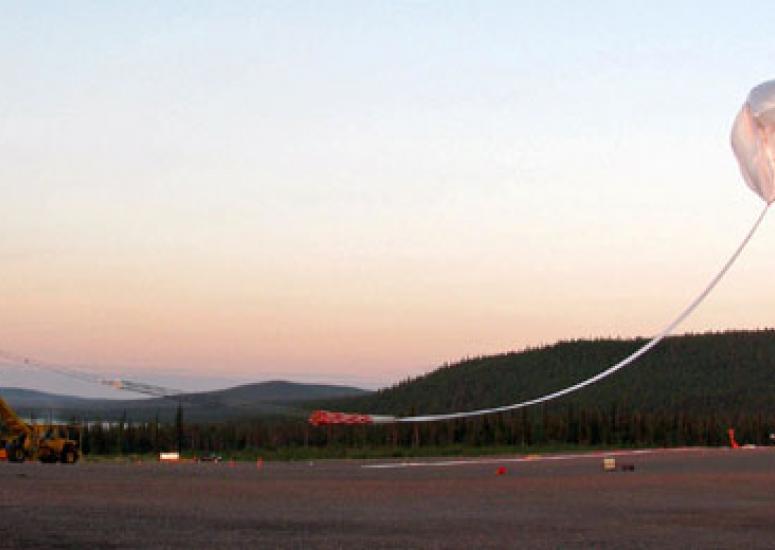-

Students get a forecaster's view
University students and faculty soon will have the chance to peer at day-to-day weather through the same lens used by National Weather Service meteorologists. A new version of the NWS’s workhorse graphics software will reach campuses through UCAR’s Unidata program.
- Education + Outreach,
- Sun + Space Weather,
- Weather
-

Keeping aircraft safe
When a geomagnetic storm blasted Earth on January 24, commercial airlines redirected a handful of flights were originally routed to fly over the North Pole. Behind the scenes, NCAR scientists play a role in safety precautions such as these.
- Sun + Space Weather
-

Tying the Sun together
To get at driving forces deep within the Sun, new models aim to unify the Sun’s dynamo and the emergence of magnetic flux—two areas that are challenging to model individually, let alone together.
- Sun + Space Weather
-
Winter’s stratospheric reach
Sudden heat-ups of the outer atmosphere are gaining attention for their impacts on communications, but can they be forecast?
- Sun + Space Weather
-

HiWind indeed
A balloon-borne instrument sailing in the Arctic stratosphere in June obtained some of the best observations to date on the high-speed, Sun-driven winds that howl through the thermosphere more than 100 kilometers (60 miles) above Earth.
- Sun + Space Weather
